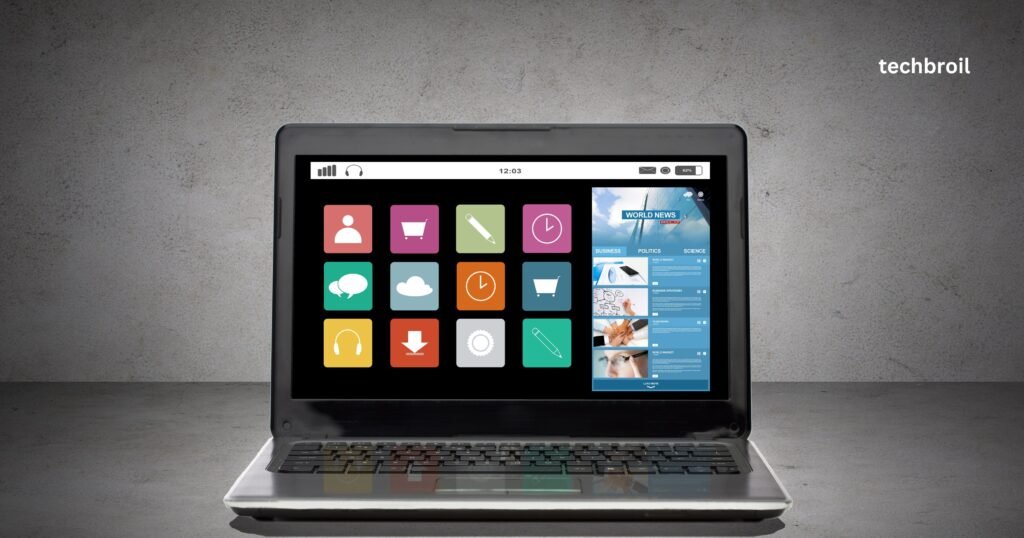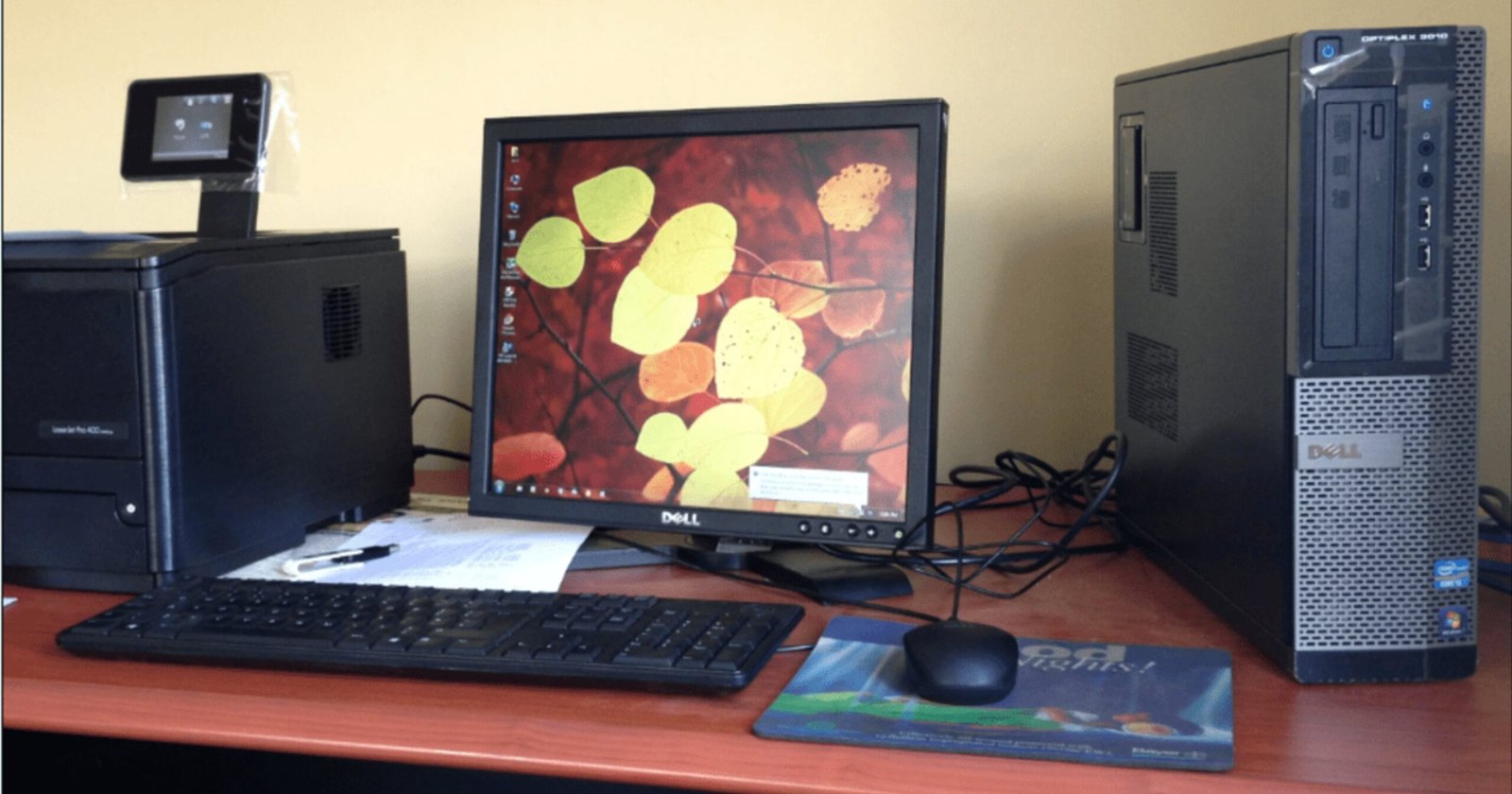The output, which consists of images, video, and sound, is described as multimedia. In the ever-evolving world of computing, multimedia output has become an integral part of our digital experiences. Multimedia refers to computer-generated content that combines various elements, such as pictures, sounds, and video, to engage and captivate users. This article delves into the realm of multimedia output, exploring its significance, components, and the technologies that make it possible.
Today’s modern world presents us with an ever-increasing amount of opportunities, particularly in the realm of computer output. We live in a time when computers can generate stunning pictures, realistic-sounding audio clips, and videos that are sure to keep viewers captivated.
Computer output, which is made up primarily of pictures, sounds, and video, offers a great deal more than simply presenting information; it can stir emotion, present concepts in ways never thought possible before, and animate storylines for entertainment or educational purposes.
Defining Multimedia
Multimedia refers to computer-generated content that combines different types of media, including pictures, sounds, and videos. This amalgamation provides a more comprehensive and immersive experience, often engaging multiple senses of the audience.

Components of Multimedia
Pictures (Images):
Pictures, also known as images, are visual representations that play a key role in multimedia. They enrich the content, making it aesthetically appealing and easy to comprehend. Images in multimedia can range from simple illustrations and graphics to complex 3D models and photographs, enhancing the overall visual experience for the user.
Sounds (Audio):
Audio, another essential component of multimedia, encompasses music, sound effects, voiceovers, and all other forms of audible content. It plays a crucial role in setting the mood, providing context, and enhancing the overall user experience. Audio can also serve as an alternative method of information delivery for those who may have visual impairments.
Video:
Video merges both visual and auditory components, often alongside textual elements, to deliver an engaging and dynamic multimedia experience. It allows for storytelling and information dissemination in ways that are visually stimulating and audibly enriching. Video content can range from short clips to full-length productions, all of which contribute to a more immersive digital interaction.
Importance and Significance
In our digital age, multimedia serves as a powerful communication tool, transcending traditional boundaries of interaction. It enhances learning and comprehension by presenting information in a more engaging and easily digestible format. Moreover, it can cater to diverse learning styles and abilities, reinforcing inclusivity in the digital space. Indeed, the significance of multimedia in information delivery and communication can hardly be overstated.
Enhanced Communication:
The integration of pictures, sounds, and video enables more effective and engaging communication, aiding in conveying messages and ideas.
Multimedia fosters a highly engaging user experience. By appealing to multiple senses, it can captivate audiences, maintain interest, and facilitate a deeper understanding of the content. Whether used in education, marketing, or entertainment, multimedia’s capacity to intrigue and involve the user proves its value in today’s digital landscape.
Engagement and Attention:
Multimedia communication enables accessibility and inclusivity, allowing content to be consumed by a diverse range of audiences. With video captions, audio descriptions, and alternative text for images, multimedia can cater to different needs, breaking barriers and fostering a more inclusive digital space.
Multimedia captivates and retains attention better than plain text, resulting in improved user engagement.
Versatility and Creativity:
The flexibility of multimedia has fostered unparalleled levels of creativity in countless domains. It enables the blending of various media elements in unique and innovative ways, pushing the boundaries of what is traditionally expected. This versatility has led to the development of immersive virtual reality experiences, captivating digital advertising campaigns, and enriching educational resources, demonstrating the remarkable potential of multimedia.

Applications of Multimedia
The future of multimedia is filled with exciting prospects. Advancements in technologies such as virtual reality (VR), augmented reality (AR), and 3D modeling are set to revolutionize the multimedia landscape. These technologies promise to deliver even more immersive and interactive multimedia experiences, further blurring the line between the digital and physical worlds.
Entertainment Industry:
The entertainment industry harnesses the power of multimedia extensively. From high-definition movies and music videos to video games and virtual concerts, multimedia elements create immersive experiences that captivate audiences, reshaping the way we consume and engage with entertainment content.
Educational Sector:
- In education, multimedia aids in creating interactive lessons that enhance understanding. Online courses and educational software utilize images, audio, and video to create engaging learning environments, allowing for better retention of information. This approach caters to various learning styles, making content more accessible and inclusive.
Marketing and Advertising:
Multimedia continues to transform marketing and advertising, creating compelling narratives that resonate with audiences through a combination of stunning visuals, captivating audio, and engaging video; multimedia aids in establishing brand identity, enhancing customer engagement, and ultimately driving sales.
Future of Multimedia
The future of multimedia is bound to be increasingly immersive and interactive, driven by advancements in technologies like artificial intelligence, virtual reality, and augmented reality. It will continue to shape our digital experiences, blurring the line between reality and the virtual world. Multimedia will play an even more significant role in various sectors, enhancing communication, facilitating learning, and transforming entertainment.
Virtual and Augmented Reality:
- Virtual Reality (VR) and Augmented Reality (AR) technologies are transforming multimedia, offering immersive experiences that were once only imaginable. They provide interactive 3D environments that engage users on an unprecedented level. These technologies are not only revolutionizing gaming and entertainment but also making significant strides in fields like education, healthcare, and real estate. Their continuous improvement promises an exciting future for multimedia.
Artificial Intelligence Integration:
Artificial Intelligence (AI) is increasingly being integrated with multimedia to create intelligent, adaptive experiences. AI algorithms can analyze multimedia content for improved search and recommendation systems. They can also generate personalized content tailored to individual preferences, enhancing user engagement. With AI’s ability to learn and adapt, we can expect more innovative applications in the multimedia space in the future.
Conclusion
Computer Output Which Is Made Up Of Pictures, Sounds, And Video: Multimedia, the amalgamation of pictures, sounds, and video, forms the cornerstone of engaging and immersive computer output. Its significance across various industries cannot be overstated, from entertainment and education to marketing and beyond. As technology continues to advance, the future of multimedia promises even more immersive experiences, enriching our digital world in ways we have yet to imagine.
FAQs
Which of the following can be output by a computer?
A computer can output a variety of data types, including text, images, audio, and video. This output can be displayed through output devices such as monitors, speakers, and printers.
What are the 4 types of computer output?
The four main types of computer output are text, graphics, audio, and video. Text output includes letters, numbers, symbols, and other characters. Graphics output includes images, graphs, and diagrams. Audio output includes music, voice, and sound effects. Video output includes moving images, often accompanied by audio.
What is the output device of sound?
The output device of sound on a computer is typically the speakers. Other audio output devices can include headphones or external speaker systems. These devices convert the digital audio signals from the computer into sound waves that the user can hear.
How is the output of transforming the entertainment industry?
Through high-definition visuals, captivating audio, and interactive gameplay, multimedia creates immersive experiences, reshaping how we consume and engage with entertainment content.









